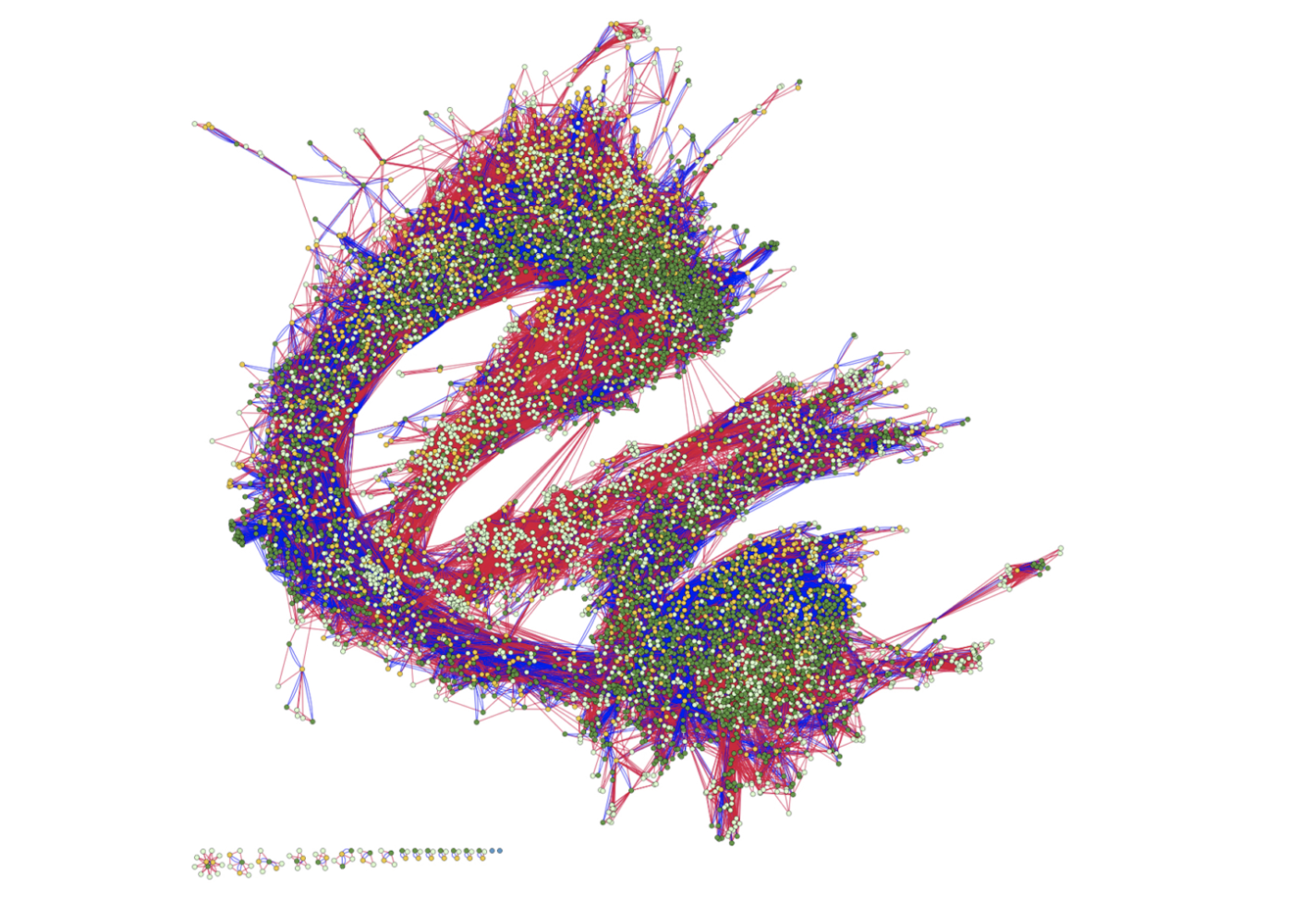For years, scientists have been grappled with a seemingly insurmountable challenge: feeding the world while providing it with renewable energy as the climate changes. Research programs have sprung up to address these issues, developing genetically modified crops to withstand severe heat, drought and extreme-weather events – all the while maximizing productivity.
Designer plants is one thing; figuring out how they’ll fare in the field for the long haul is another. That’s what Daniel Jacobson, a systems biologist at Oak Ridge National Laboratory, is trying to decipher.
For the past seven years, Jacobson has collaborated with other members of the laboratory’s BioEnergy Science Center and the Center for Bioenergy Innovation to study how best to improve the production of plants used for biofuels. And as new supercomputers have booted up at Oak Ridge, Jacobson’s been excited to use these cutting-edge tools to study plant genetics and climate patterns on a finer and larger scale, employing machine allotments from the Department of Energy’s Innovative and Novel Computational Impact on Theory and Experiment and ASCR Leadership Computing Challenge programs.
As a systems biologist, Jacobson is interested not only in genes and traits but also how they relate to their environment. “If we designed a new crop and it would only grow in a two square kilometer region somewhere on the planet, that’s probably not going to be a successful crop,” Jacobson explains. But if researchers explored all the climates around the world and how they’re changing over time, “then we can design new crops that will not just produce more yield but be more adaptable to specific environments and be designed to be more resilient towards future environments.”
Typically, when researchers predict where crops, whether used for food or bioenergy, should be planted, they take the average of an environmental variable – ground temperature, precipitation and the like – over seasons. But those averages may not reflect nuances, Jacobson says, that could matter greatly for an organism’s survival.
Jacobson and his colleagues consider what they call a genome-wide association of time series, or GWATS, which uses mathematics, artificial intelligence and prediction approaches on ORNL’s Summit and Frontier supercomputers to study adaptations on a finer time scale. This combined approach – understanding the genetics of environmental adaptation along with climate clustering – is unprecedented. So far, the researchers have logged hundreds of thousands of node hours on Summit.
‘You name an -omic, and we and our collaborators are generating or using it.’
“It doesn’t do you any good to have the perfect, drought-resistant plant that survives the drought but gets killed by something else because you didn’t build that,” into a model, Jacobson says. “We’re interested in all the possible environmental layers of information.”
To understand how a plant will fare in certain conditions, the researchers are amassing all the available biochemical data they can. “You name an -omic, and we and our collaborators are generating or using it,” Jacobson says – genomic, phenomic, proteomic, transcriptomic, metabolomic, epigenomic.
So far, they’ve pulled that data for poplar, switchgrass and the bioenergy cover crop pennycress and for their model species, Arabidopsis thaliana, whose genes can provide clues for the other species. For these, Jacobson and his colleagues will develop algorithms incorporating deep learning, AI and other computational methods to build predictive networks that determine the correlation between genes and traits.
That crop data will be overlaid on climate patterns, both historical and predicted, for the next century. (Using different models helps account for uncertainty and climate variability.) That timescale, Jacobson explains, helps determine future climate zones that researchers should be developing plants for.
With these high-performance computing and AI approaches, “we see a dramatic number of biological adaptations that previous methods have missed,” Jacobson says. Different parts of the plant can adapt in different ways in response to a single variable. For example, in the spring, wind may damage leaves more than it does other parts of the plant, but the stem may take a bigger wind-whipping in winter.
Jacobson’s findings also can translate to soybeans, rice, corn and other traditional row crops that feed the world. Often, the functions and discoveries they make in one species are conserved across others.
Jacobson’s ORNL team works with common bioenergy-innovation gardens across the country to validate its findings in the field. These often are in partnership with university agricultural programs, the U.S. Forest Service and private growers. In these gardens, researchers can subject contiguous fields of a given crops to different conditions – irrigating some, for instance, while thirsting others to study drought tolerance.
Ultimately, Jacobson hopes the data he and his colleagues are generating will be made public – largely for the greater good.
“Given how fast things are changing,” he says, “we need to be really embracing new technology to be able to keep up with environmental changes that are already upon us and likely accelerating. We have unprecedented data and computing resources, which is really driving us toward an unprecedented understanding of complex systems. We’re covering a lot of ground (for) really cool views of biology that we’ve been dreaming about for decades.”
